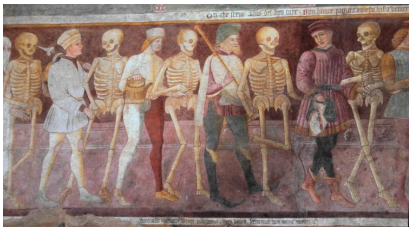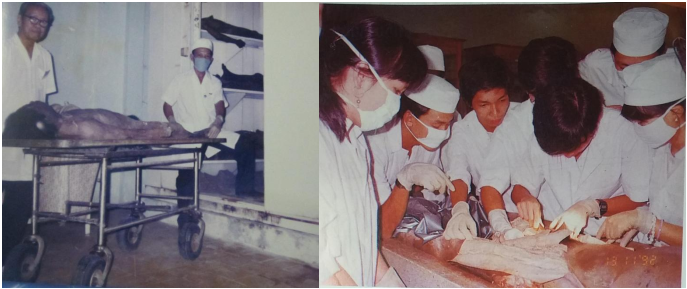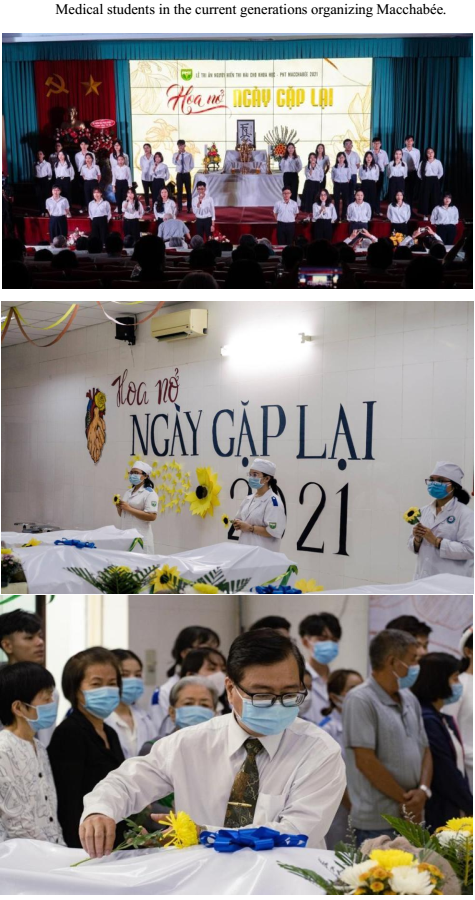The Macchabée dance fair originates from a long-standing folk festival in Western countries. Since the 15th century, at every Christmas, doctors and medical students have been holding a dance festival around the bodies of the deceased in remembrance of those who had donated their bodies to science. This is an international culture unique to the discipline of Anatomy.

Long before in Vietnam, Macchabée had been well organized in medical schools. However, due to various reasons, this ritual had been forgotten for a long time. In 1990, Prof. Nguyen Quang Quyen restored and formed the "Gratitude ceremony to those who donated their bodies to Medicine" on the days preceding the Lunar New Year. Afterwards, in 1993, Prof. Quyen initiated a movement to encourage voluntary body donation to science. Before this period, cadavers for study had mainly come from unclaimed bodies from burial companies, Saigon Emergency Center, and nursing homes. Although the body donation movement started in 1993, it was not until 1996 that the country's health sector received the first body of Mr. Nguyen Duc Minh at the Ho Chi Minh City UMP. This event marked the body donation movement and the Macchabée ceremony, which quickly spread across the country.
At Pham Ngoc Thach University of Medicine, the Macchabee ceremony has been held annually since the university’s debut, when it was still called the Training Center for Healthcare Professionals in Ho Chi Minh City. Besides, an indispensable, traditional activity of the department that takes place every summer is to organize a dissection course in which senior students will dissect human remains for juniors to practice in the upcoming school year.
Le Quang Tuyen, MD, PhD

Macchabée Ceremony – an long-standing, annual activity led by the Department of Anatomy in commemoration of those who donated their bodies to science.
